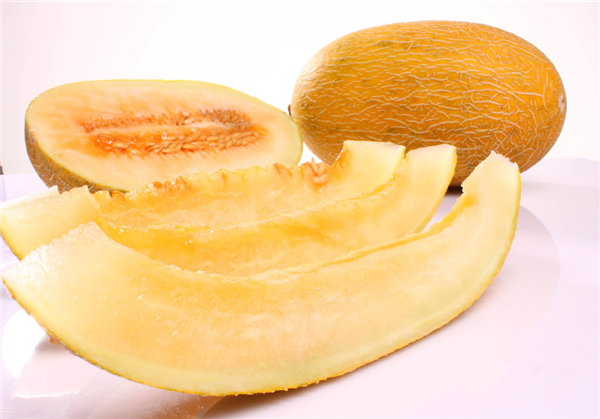100 Common Fruits in English
100 common fruits in English include Apple, Banana, Orange, Mango, Pineapple, Grape, Watermelon, Strawberry, Blueberry, Raspberry, Pear, Peach, Plum, Kiwi, Papaya, Pomegranate, Lemon, Lime, Apricot, Tangerine, Coconut, Avocado, Cherries, Grapefruit, Lychee, Dragonfruit, Passion Fruit, Fig, Nectarine, Guava, Starfruit, Persimmon, Cantaloupe, Honeydew, Jackfruit, Date, Mulberry, Cranberry, Raspberry, Gooseberry, Blackcurrant, Redcurrant, Custard Apple, Sapodilla, Longan, Durian, Soursop, Mangosteen, Açaí, Clementine, Pomelo, Loquat, Elderberry, Medlar, Salak, Rambutan, Langsat, Miracle Fruit, Acai Berry, Jabuticaba, Cupuaçu, Sapote, Uva, Plantain, Blood Orange, Medlar, Chayote, Rose Apple, Surinam Cherry, Yunnan Hackberry, Sand pear, Jackfruit, Litchi, Water Apple, Yellow Passionfruit, Sweet lime, White grape, Golden Apple, Blackberry, Calamondin, Sweetsop, Bael fruit, Chikoo, Red Banana, Indian Gooseberry, Sea Buckthorn, Nance, Pitanga, and more.
These fruits are widely recognized and enjoyed across various cultures, offering a wide range of flavors, textures, and health benefits. Some, like apples and bananas, are commonly consumed worldwide, while others, such as the exotic Mangosteen or Açaí, are specific to certain regions. The diversity of fruits provides essential nutrients, vitamins, and antioxidants, making them an important part of a balanced diet. Whether fresh, dried, or juiced, fruits are versatile ingredients for snacks, desserts, and even savory dishes. Many of these fruits also play a significant role in traditional medicines, offering natural remedies for various ailments.
 2025-07-16 22:59:43
2025-07-16 22:59:43
 admin123
admin123



